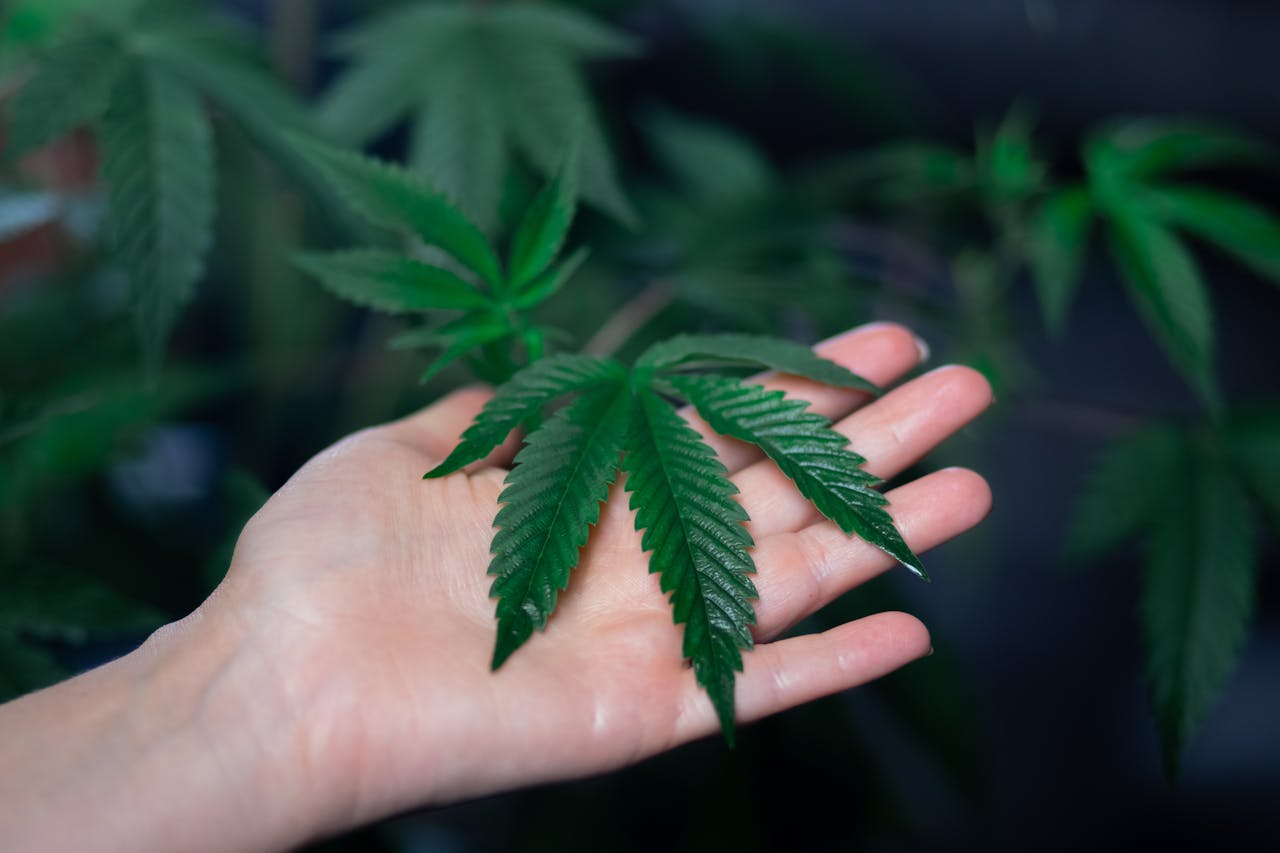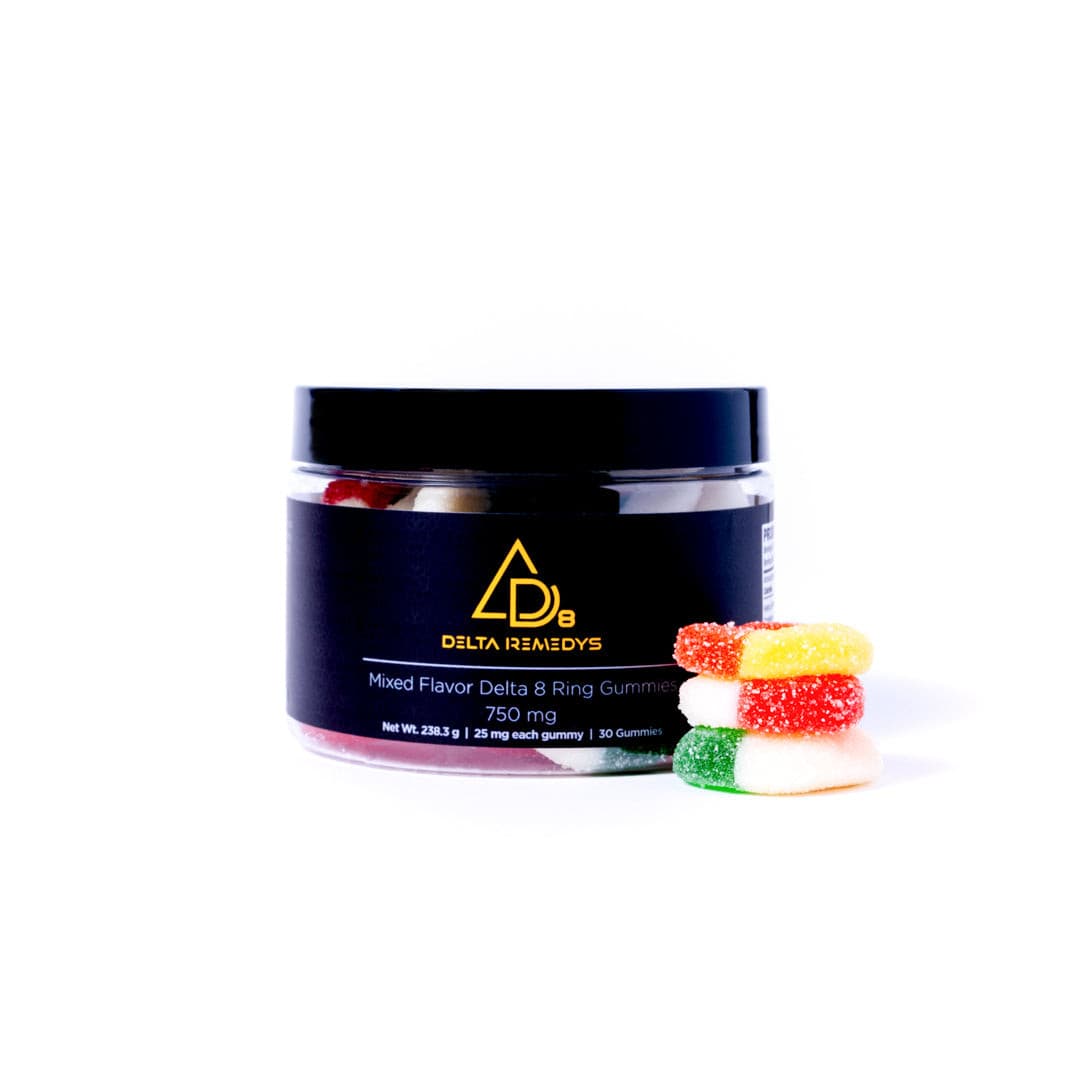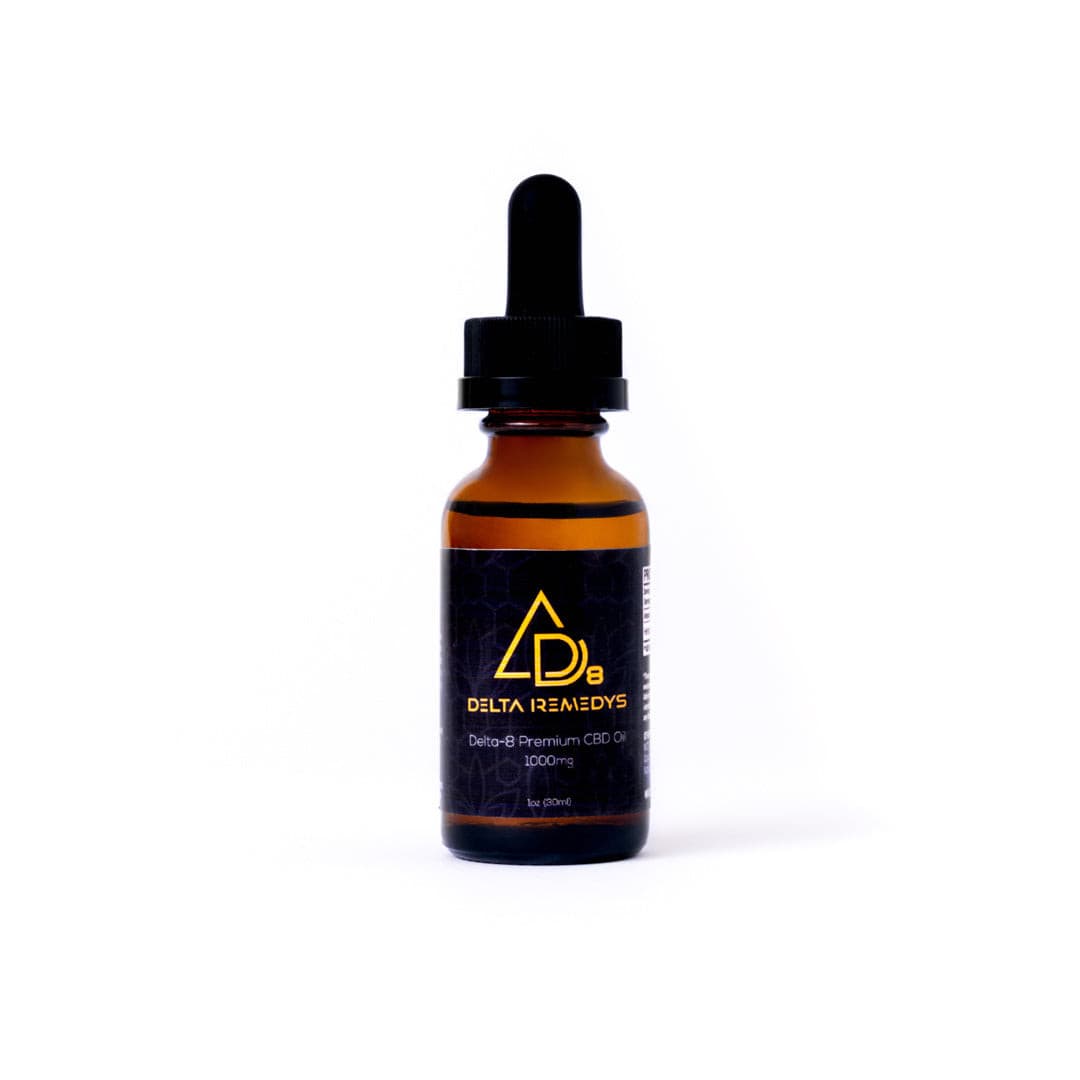The two primary cannabinoids found in cannabis, cannabidiol (CBD) and tetrahydrocannabinol (THC), are well-known to the majority of cannabis users. They are well-known for their mild to high psychoactive effects in the form of medical cannabis products.
Like getting high from cannabis, the THC molecule produces intoxicating effects along with potential benefits. On the other hand, THCa (tetrahydrocannabinol acid) is a relatively unknown cannabinoid that can have intoxicating effects on cannabis consumers in high doses, along with providing physical benefits.
Discovering that THCa isn’t exclusive to cannabis is one of the most intriguing parts of understanding what it is and the importance of its presence in marijuana!
Other plants, such as hemp and certain varieties of Echinacea, contain smaller quantities. THCa and THC have been compared extensively, being the two major psychoactive and non-psychoactive forms.
However, nowadays, most people talk about THCa as if it were a predecessor to THC. Although they seem similar, the two chemical compound in cannabis have entirely different psychoactive properties, physical benefits, potential benefits, and overall impacts when taken internally.
Welcome if you’re interested in learning about the science behind cannabinoid acid conversion to cannabinoids and the effects of THC vs. THCa. How processed and raw cannabis can be very different, what therapeutic benefits they have, and how the two work after they get attached to CB1 receptors in the human body.
When comparing THC with THCa, what are the key distinctions in their chemical composition, what is their legal status or legal loophole, and why are they important regarding their presence in marijuana?
We’re here to shed light on the topic and address the most confusion about the two children of the marijuana plant in this blog post!
THCa— What is it?
Tetrahydrocannabinol acid goes by the acronym THCa. This cumbersome name just refers to THC in its acidic form. Many people think of THCa as the parent compound of THC. This is because the THCa percentage before decarboxylation in real weed is high in THC products or heated weed. The fresh cannabis flower or real weed plant contains this cannabinoid acid that has many therapeutic benefits.
Though there are hundreds of cannabinoids in cannabis strain, one of the most important is THCa, without which the psychoactive cannabinoid THC would not exist in the cannabinoid content in the heated weed.
Depending on the strain, cannabis plants create different cannabinoids as they mature from their raw form. Decarboxylation, often known as “decarbing,” transforms nearly all cannabinoids from their original carboxylic acid or raw forms, such as THCa, into non-acidic molecules.
It basically removes the additional carboxyl group from the molecules to alter the effects of cannabinoids. That is why the THCa percentage before decarboxylation is very high in the non-heated THC products.
Chemistry Behind
Usually, the effects and untapped benefits of the decarboxylated form of a cannabinoid are distinct from those of the acidic version. In simple words, the psychoactive compound has salient difference from its non-psychoactive precursor, also known as the THCa flower.
As THCa is converted to THC when exposed to direct heat, it might be said that THCa flower is the main component of cooking THC, which eventually leads to the production of hemp-derived cannabinoids, Delta-9 THC (delta-9 tetrahydrocannabinol) and Delta-10 THC.
Is THCa an intoxicant due to the presence of molecular carboxyl or an additional carboxyl group? What are the different effects cannabinoids in the form of THCa flower?
The most abundant non-psychoactive precursor cannabinoid in cannabis is THCa, while the most abundant psychoactive cannabinoid is THC. You won’t get high from it, but you will enjoy many benefits of body THCa.
Some common types of benefits that we can get from THCa flower extracts, which we will discuss below, are chronic pain, part of fatty liver disease, and anti-inflammatory properties.
THCa vs. THC – The Essential Information
The ratio of common types of cannabinoids produced by a cannabis plant is often defined in terms of its THC to CBD content. However, the plant has body THCa and other acid forms of these chemicals first, known as non-psychoactive cannabinoids in the labels and the lab reports.
Their presence in marijuana is the reason behind the various effects of the compound in cannabis as well as their resultant compounds. The salient difference among all the cannabinoids is another major topic to discuss. ae
Curing and refining procedures for specific percentages of THCa and other resultant compound are the only ways they can be transformed into the more widely recognized forms of raw weeds. There are different methods for THCa production and conversion of THCa into THC, the most popular compound in cannabis.
Adding heat to the drying process accelerates the conversion of THCa to THC, which occurs gradually when smoking marijuana. That’s why the intoxicating effects of cannabis are felt when it’s smoked, vaped, or cooked.
A chemical reaction known as decarboxylation can be triggered by applying heat and light to the compound in cannabis. This process removes a carboxyl group from the molecule, making it more biocompatible for the regulation of cannabinoid CB1 and producing untapped benefits of smoking marijuana.
What exactly are the therapeutic effects of cannabis or smoking marijuana on the human body? They attach to the endocannabinoid system, a vital regulatory network, and start producing neurological benefits along with many untapped benefits.
One example is how THC easily binds to the cannabinoid receptor type 1 (CB1) in humans, resulting in an intoxicating high, as per the anecdotal evidence.
The endocannabinoid system is unable to connect to THCa molecules due to their size difference from THC. Instead, it is involved in various processes that significantly affect the body, including some of the major neurological benefits of this non-psychoactive form.
THCa vs. THC: The Process Of Decarboxylation
Decarboxylation, or decarbed molecules, can be accomplished in several ways. However, the oven-toasting of cannabis to transform THCa percentage into THC is by far the most prevalent method for THCa conversion.
Have a look below to see which methods for THCa conversion are the most common:
- Utilization of solar energy: When exposed to heat or light, THCa can convert to THC to different degrees in terms of the anxiolytic cannabis chemotype. The THCa molecules in cannabis plants gradually transform into THC when they are left to sit in the warm light for long enough.
- Room-temperature change: Additionally, after sufficient time at room temperature, THCa turns into THC. Ten days at 77 degrees Fahrenheit (25 degrees Celsius) will convert22% of THCA when soaked in olive oil. Under the same circumstances, 67% will undergo conversion when immersed in ethanol. After some time in a light-affected environment, 20% of the THCa in cannabis will transform into THC. In conclusion, the THCa percentage is unstable and may spontaneously transform into THC in the absence of any external stimuli due to the anxiolytic cannabis chemotype.
- Exposure via smoking: In a short period, the THCa in dried, cured cannabis bud or raw cannabis flower form is converted to THC by the high degree of heat applied when it is smoked over an open flame. Aside from the fact that smoking isn’t the most efficient method of enjoying THC’s mind-altering effects, not all THCa will convert as a raw weed, as per the expert cannabis retailers.
The True Differences Between THCa and THC
Chemical Make-Up and Characteristics
There are a few key differences between the cannabis components THCa and THC. Tetrahydrocannabinol acid, or THCa for short, is the unheated, raw weed, acidic version of tetrahydrocannabinol. It is not psychoactive like THC, hence called non-psychotropic cannabinoid or raw THCa. There are many methods for THCa conversion into THC.
In contrast, the psychoactive compound known as tetrahydrocannabinol (THC) is the cannabinoid responsible for the “high.” It is possible to transform THCa content into THC by subjecting it to heat. This distinguishes percentages of THCa chemically from THC since it has a carboxyl group connected to its molecule, one of the major differences between THCa and THC molecules.
Their physiological impacts and other characteristics are different because of this distinction between the two chemicals. Although the small levels of THCa do not have intoxicating effects on cannabis enthusiasts because it is not psychotropic, consuming THC does have high euphoric effects or any adverse classic effects.
Important Legal Factors
The legal issues are not very straightforward for cannabinoids. In certain places, THCa is legal, but in others, it isn’t. Rules established by international organizations and state and federal legislation will determine the legality of methods for THCa conversion. However, 15-25% THCa is not subject to regulation, unlike regular THC. So, the legality of THCa is still not very clear in terms of its effects.
The reason is that, compared to THC, THCa has less of an intoxicating effect and a pleasant cannabis experience in terms of physical benefits. In any case, you must be well-versed in the specific legislation of your jurisdiction to adhere to all rules and regulations when using any compound coming from raw cannabis flowers or raw cannabis extracts.
Potency
You may be wondering, given that THCa is a metabolite of THC, which would be the more potent chemical to get the intoxicating effects you seek?
Look for items with a high THCa amount if you’re planning on smoking, cooking, dabbing, or vaping cannabis for an intense onset of effects. The high percentages of THCa can be beneficial for pro cannabis enthusiasts.
Burning THC might reduce its potency since it destroys some of the cannabinoids in the compound of the raw cannabis plant. But when it breaks down into THC, the THCa in cannabis is a measure of how strong the product can be. There are different methods for THCa conversion using the strains having 15-25% THCa.
When shopping for readymade edibles or marijuana products, it’s important to pay close attention solely to the THC content on correct labeling in terms of classic effects when you are reading the lab reports or labels by cannabis retailers. If there are any issues, you can always contact the knowledgeable staff or customer support of the cannabis brand.
Psychoactive Effects
Cannabidiol, or THC, is the active ingredient in cannabis responsible for its psychoactive potential effects. Upon entering the body, THC binds to certain receptors (cannabinoid CB1 receptor types) in the central nervous system and brain, impacting one’s mood, cognition, and behavior, along with other potential health benefits.
However, since it binds less readily to these receptors, THCa vapes do not produce any intoxicating effects but rather neuroprotective effects and other benefits.
The chemical makeup and its interactions with your body’s systems are the defining features of cannabinoids in marijuana, especially the percent of THCa.
If you’re seeking a specific effect when you smoke cannabis or THCa vapes, knowing the difference between THCa and any form of THC might help you narrow down your online cannabis product or marijuana products options.
Applications
Getting your hands on THC through marijuana extracts is a breeze. To get THC into your system for potential health benefits, you can either ingest edibles, vape, use carrier oil, or dab. In contrast, any decarboxylation process can convert body THCa into THC. Therefore ingesting it might be a bit of a pain sensation when the conversion of THCa is obvious.
It is possible to buy THCa extracts or THCa vapes to consume the right percent of THCa. Most of the strains contain 15-25% THCa. To avoid heating the plant, most patients who choose THCa juice it or extract it themselves to enjoy a beneficial, non-psychoactive compound.
Benefits
Whether you enjoy sublingual consumption of cannabis or smoking, the potential benefits are nearly the same. The possible health benefits of THCa include:
- Reduction of inflammation, such as in inflammatory bowel diseases and inflamed mucous membranes. It also supports healthy inflammation in fixed-dose consumption methods.
- It offers pain relief in many chronic conditions.
- It acts as a sleep aid, having potential for sleep disorders via sublingual consumption.
- Less nausea and an increase in hunger (appetite stimulants in the case of appetite loss)
- Better neuroprotective activity during neurodegenerative diseases
The full effects of THCa can be enjoyed without intoxication due to its anti-inflammatory and neuroprotective properties (healthy inflammation promoting), as tested inflammation in mice. There are many more health benefits of THCa before the application of heat than the mentioned ones!
Some of the possible therapeutic potentials of THC after the application of heat include:
- A “state-altering effect” that has a calming, uplifting, refreshing, or joyful impact on many people who especially take cannabinoids on sleep issues.
- Managing pain with better pain perception with fixed-dose consumption method.
- Potential for sleep disorders with major improvement in sleep quality.
- Reducing chemotherapy-induced nausea symptoms (one of the major chemotherapy side effects)
- Managing obesity-related disease
- Help in respiratory issues
- Paraplegia and Multiple Sclerosis patients experience less severe muscle spasms when using cannabis oil after the application of heat.
Drug Test Results
In terms of drug test results, THC and THCa differ majorly. The presence of THCa is not usually detected by standard or regular drug testing. As indicators of cannabis use, they mainly concentrate on identifying THC and its derivatives, including THC-COOH.
As a non-psychoactive precursor to THC, THCa is typically not considered a key target in regular drug testing. But, it does not mean that you will never get a positive drug test result after consuming THCa, whether it is sublingual consumption or you take cannabinoids on sleep therapy.
Regular drug testing may detect THCa in your system and give positive drug test results, but the chances are very low. This is because THCa does not cause any high as it is an inactive form of THC and is unable to produce psychoactive effects.
Only when THCa faces the application of heat, the conversion to THC will give a positive drug test result, regardless of the fixed-dose consumption method or smoking methods.
THC vs. THCA: The Better Option
THCa vs. THC is a tough cannabinoid to rank because it all comes down to personal preference, consumption methods, potential side effects, potential health benefits of cannabis, and how one’s body processes recreational cannabis and unheated cannabis products.
Much more extensive studies (such as targeting inflammation in mice) have focused on the terms of effects and safety of THC of endocannabinoid receptors, the most famous cannabinoid on medical marijuana cards.
Those who are easily affected by psychoactive substances should probably avoid cannabinoid products with THC due to some adverse effects cannabinoids.
Some of the common ones include alteration in sensory perception, mind-altering effects of cannabinoids, increased heart rate, etc.
Another essential factor to consider is how easily you can access any of the above two cannabinoids.
In states where marijuana is still illegal, THCa made from hemp may be the sole alternative for those looking for chronic cannabinoid products with THC products that could have psychoactive effects.
Final Words
In conclusion, raw cannabis contains THCa, the non-psychoactive version of THC. The psychoactive compound THC is produced when the THCa is heated, and the extra carboxyl group is lost. Because of their distinct chemical structures and molecular structures, reaction time, separate values, and characteristics, the two substances exert distinct effects while both function inside the endocannabinoid system (regulation of cannabinoid CB1 receptors) of your body.
Before long-term use of chronic cannabinoids, THC or THCa, it is essential to conduct one’s research on clinical trials and seek advice from medical professionals. This is because every person’s body is unique. There is no universally applicable formula for much larger molecules of hemp-derived cannabinoids.
Gaining a grasp of these major differences will enable you to select the most suitable cannabis products that cater to your requirements and tastes. To make educated judgments when purchasing medical cannabis products, consumers must be aware of the possible advantages and legal status of THCa and THC to avoid any unforeseen trouble!




